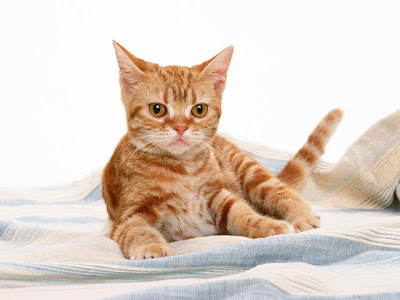 King Cobra is a species of elapid snakes, typically characterized by their ability to expand the skin of their neck to form a hood when confronted. Even though it is the longest venomous snake in the world, it is quite agile and one of the most aggressive snake, which doesn't hesitate to take on an elephant either. Its ability to deliver venom in large amounts makes it one of the deadliest snake in the world. This species of snake is not at all shy of human beings, and that explains the popularity of King Cobra facts among the masses.
King Cobra is a species of elapid snakes, typically characterized by their ability to expand the skin of their neck to form a hood when confronted. Even though it is the longest venomous snake in the world, it is quite agile and one of the most aggressive snake, which doesn't hesitate to take on an elephant either. Its ability to deliver venom in large amounts makes it one of the deadliest snake in the world. This species of snake is not at all shy of human beings, and that explains the popularity of King Cobra facts among the masses.
King Cobra can grow up to a length of 12-13 ft, and weigh approximately 13 lbs. However, a specimen as large as 18 ft in length have also been recorded. It generally sports an olive-green or black colored skin, with faint, yellow cross bands, running down the length of its body. This appearance of a King Cobra makes it a delight for the wildlife enthusiasts across the globe.
King Cobra population is by and large restricted to Southeast Asia, with India constituting a major share of the same. Studies pertaining to the habitat of King Cobras have revealed that these snakes tend to prefer dense forests, with water bodies in the vicinity. That being said, habitat destruction is one of the major problems being faced by this species today.
King Cobra Snake
King Cobra Snake
King Cobra Snake
King Cobra Snake
King Cobra Snake




















































